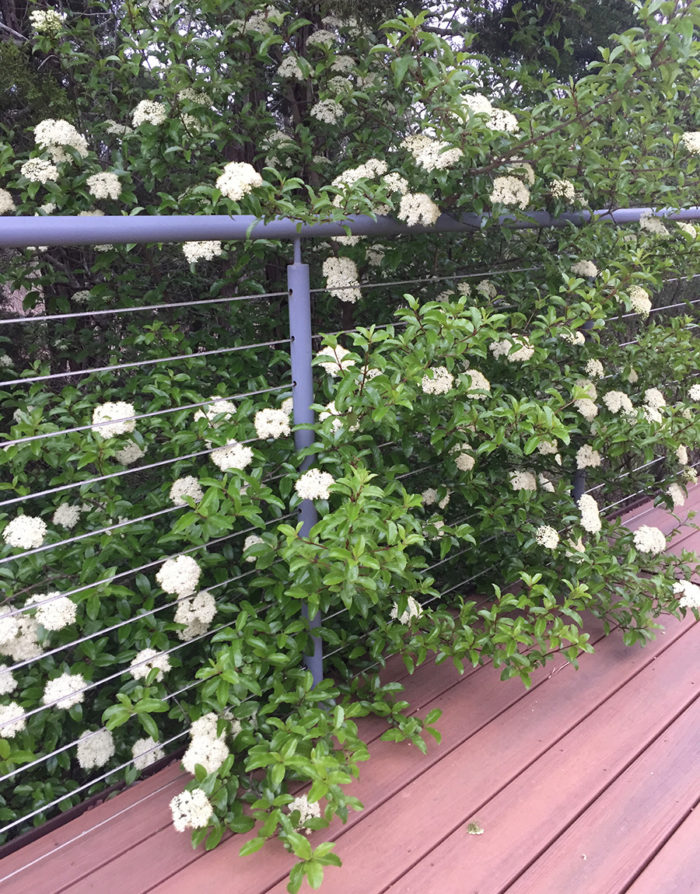
It can be challenging choosing plants for shady areas, but we have a number of beautiful, hardy choices available to us in the Southern Plains. The following are a few of my favorite native understory trees and shrubs.
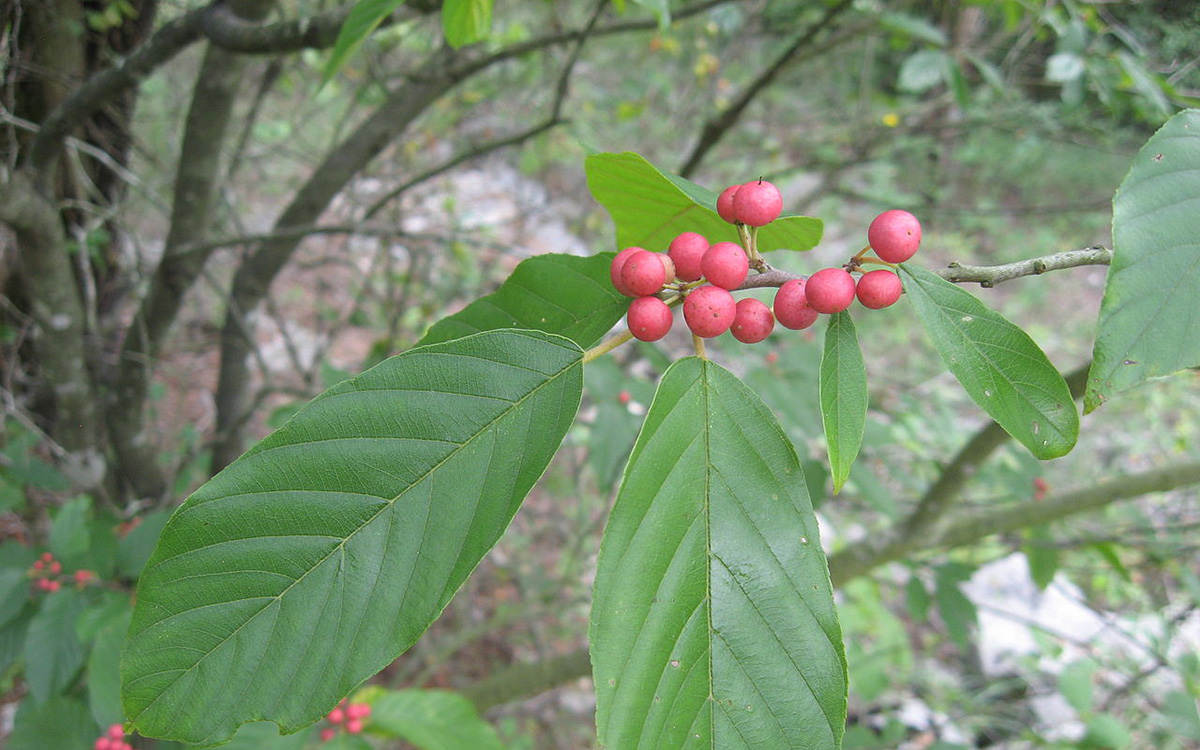
Carolina buckthorn
Frangula caroliniana, Zones 5–9
Carolina buckthorn, also known as Indian cherry, is my favorite understory tree. I’m fortunate to have two Carolina buckthorns growing wild on my property under a canopy of live oaks (Quercus virginiana, Zones 8–10) and ashe junipers (Juniperus ashei, Zones 6–9). I always appreciate their delicate structure and the way their glossy green leaves contrast with the red berries that appear in late summer. This native species falls in the category of small tree or large shrub, typically reaching heights of about 12 to 15 feet. Carolina buckthorns require only average amounts of water and are very drought tolerant once established. When they are sited in partial shade under larger trees, their branches form a very loose, open canopy. They can also live in full sun, but they make a denser, more compact shrub that is frankly not as attractive as their looser, airier, shade-grown form.
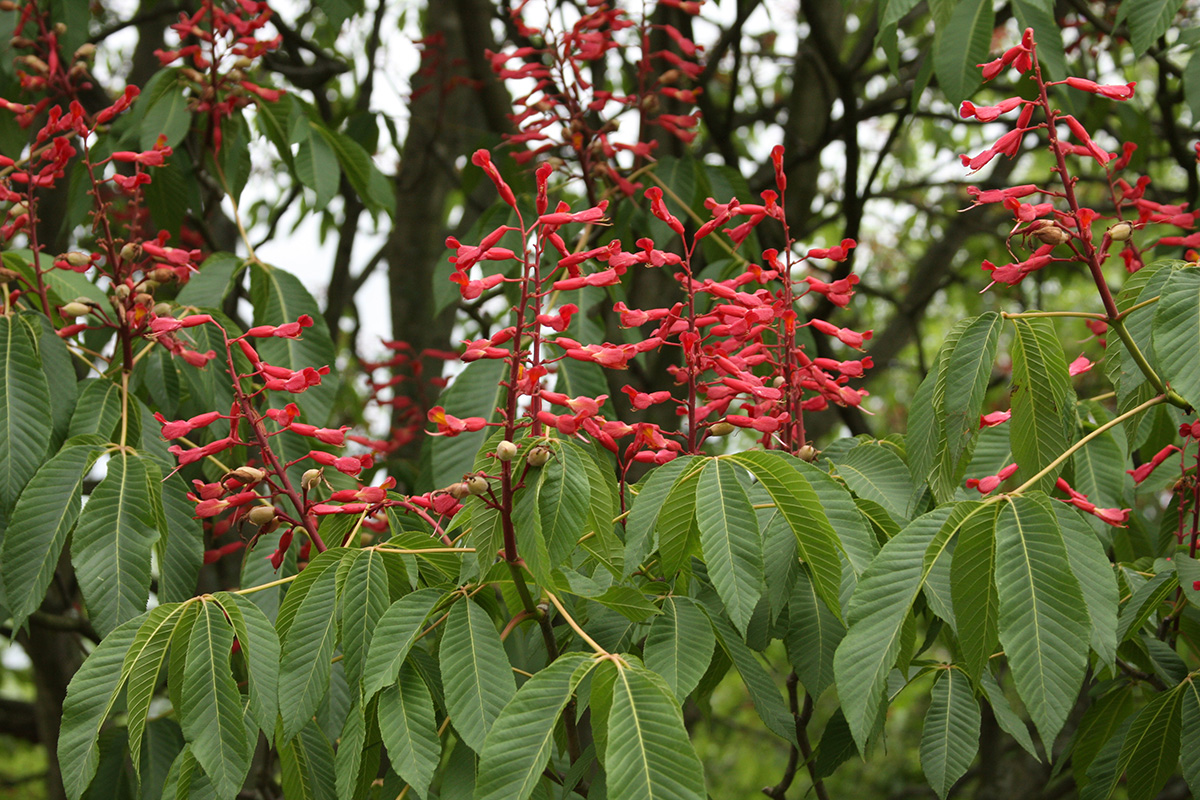
Red buckeye
Aesculus pavia, Zones 4–8
Red buckeye is a beautiful understory tree native to the southeastern United States, from North Carolina south to Florida, and west to Texas. The leaves are made of five fine-toothed leaflets, each about 6 inches long and glossy dark green. Where I live in Central Texas this species is usually no more than about 15 feet tall, but in areas with deeper soil and more rain, red buckeye can reach heights of up to 40 feet. Red buckeye is an early spring bloomer, with impressive clusters of deep red flowers appearing as early as February. The foliage is also at its best in spring. Once the heat of summer hits, the leaves turn brown and drop off, which is perfectly normal and no cause for concern. Just make sure you plant red buckeye where it can be a star in the garden in early spring and then recede into the background for summer. This species appreciates a little extra moisture in the soil, so save it for a shadier spot in the garden where it can get a little extra water.
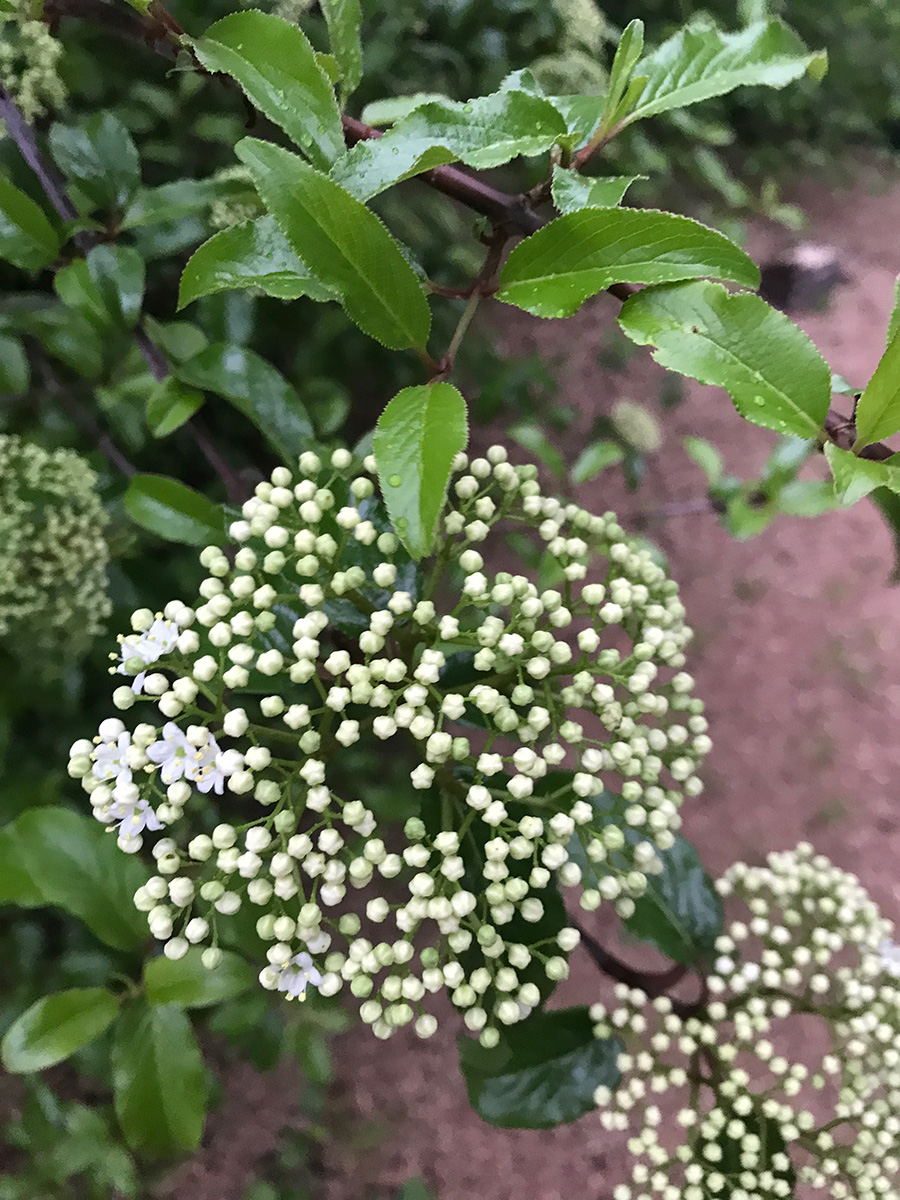
Rusty blackhaw viburnum
Viburnum rufidulum, Zones 5–9
Rusty blackhaw viburnum wins the glossy award. I know I said Carolina buckthorn and red buckeye are glossy (and they are), but this viburnum’s dark green foliage is so glossy that it always looks freshly waxed. When rusty blackhaw blooms in March, it is a show-stopper, with bright white flowers that stand out against the dark green foliage. Those flowers then yield dangling clusters of dark purple berries beloved to wildlife. And the leaves turn vibrant hues in fall. This species makes a great understory planting, either individually or as a hedge.
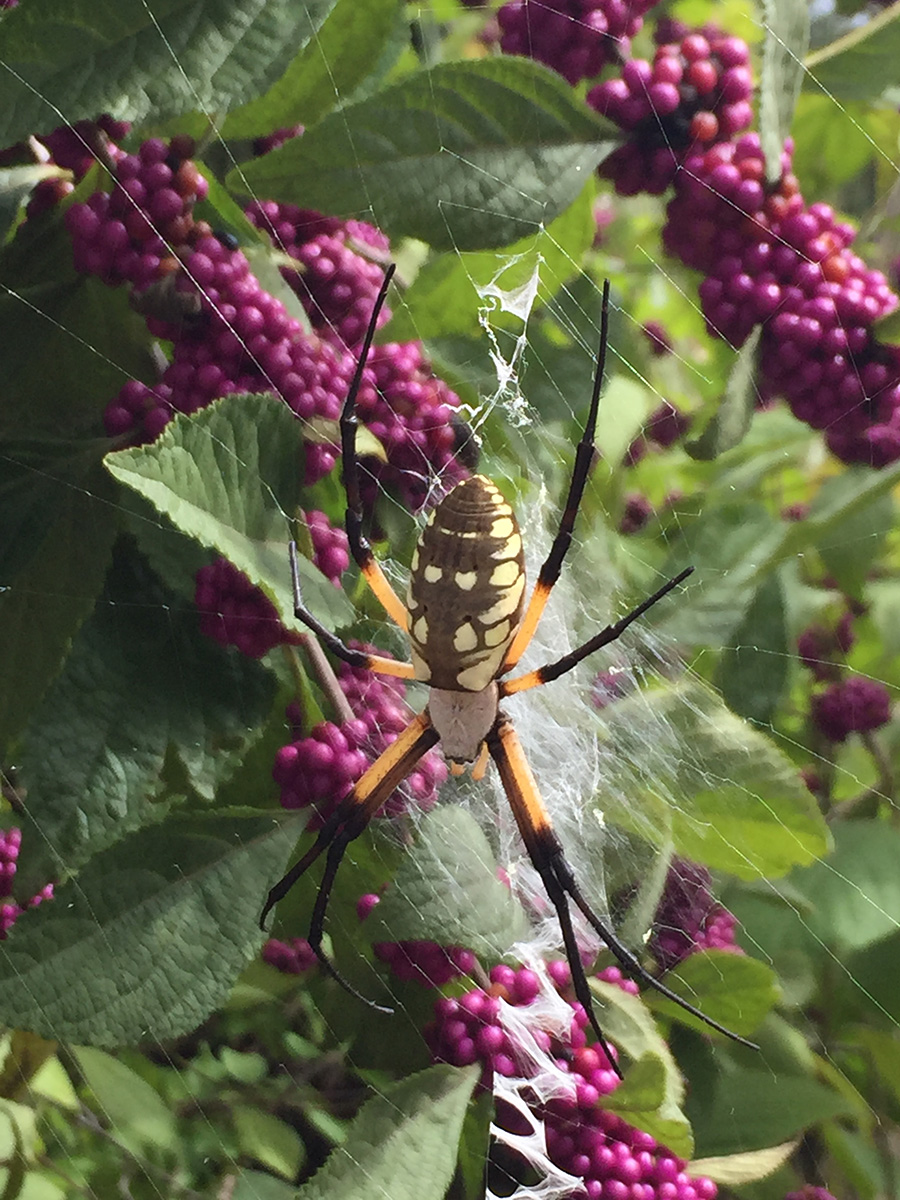
American beautyberry
Callicarpa americana, Zones 7–11
American beautyberry is smaller than the other selections I’ve mentioned here. It is a true shrub, coming in at about 5 feet tall and equally as wide. It is easy to grow, easy to find, and easy to enjoy. While it is native to moist woods and bottomlands, it is drought tolerant once established and does well in partial shade. Branches are graceful and drooping, with medium to light green opposite foliage. The flowers are very small and pink and nothing to write home about, but the bright purple berries that follow are eye-catching. The arrangement of the berries on the plant is unusual, occurring in clusters directly on the branches. Beautyberry is very forgiving and can take a hard pruning to keep it more compact.

Honorable mentions
In addition to these four winners, here are some other native species worthy of consideration as great understory trees and shrubs for the Southern Plains:
- Northern spicebush (Lindera benzoin, Zones 4–9)
- Wafer ash (Ptelea trifoliata, Zones 4–9)
- Eastern redbud (Cercis canadensis, Zones 4–9)
- Red mulberry (Morus rubra, Zones 4–8)
- Roughleaf dogwood (Cornus drummondii, Zones 5–8)
—Karen Beaty is a horticulturalist at the Lady Bird Johnson Wildflower Center in Austin, Texas.


















Comments
Log in or create an account to post a comment.
Sign up Log in